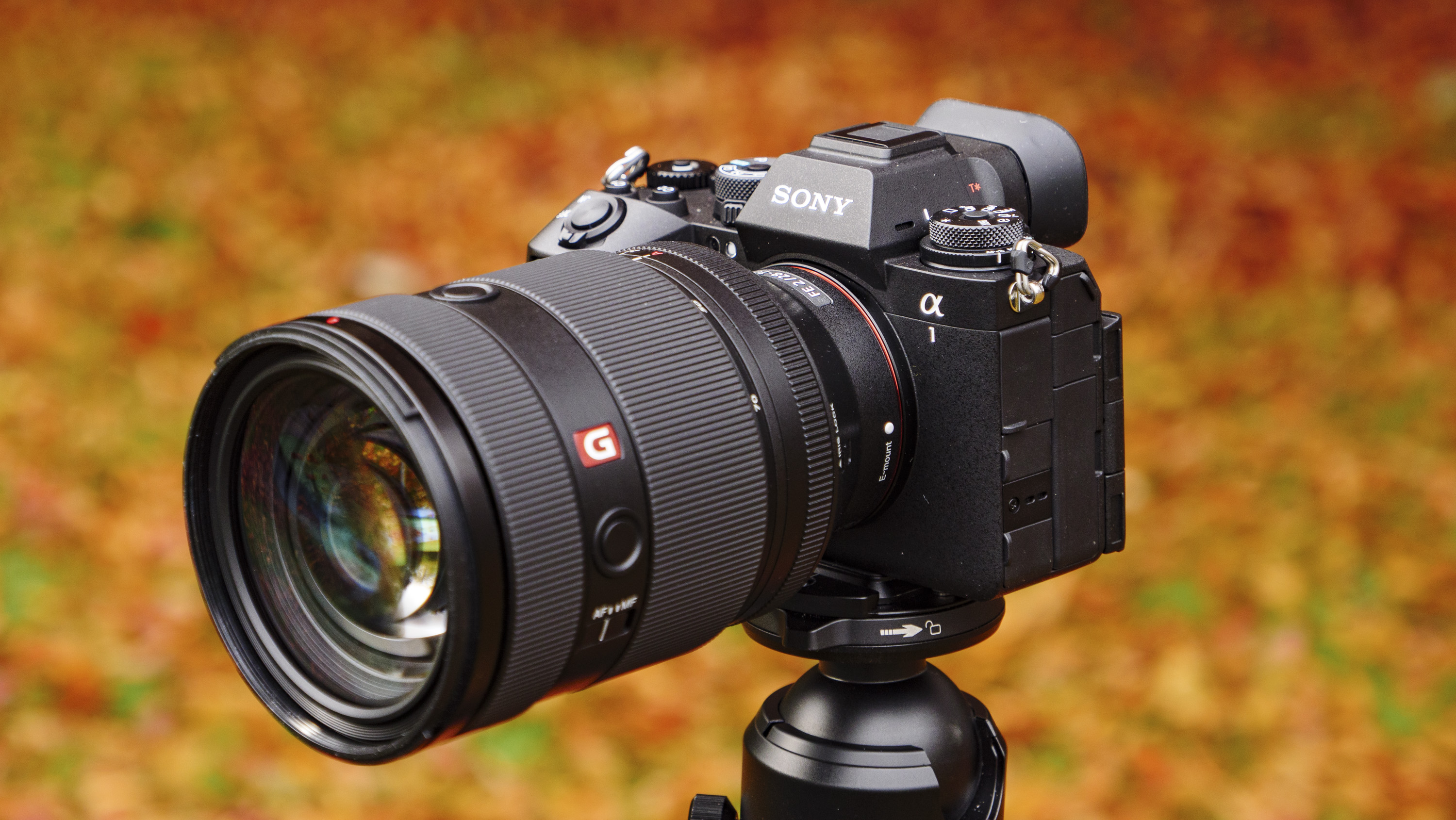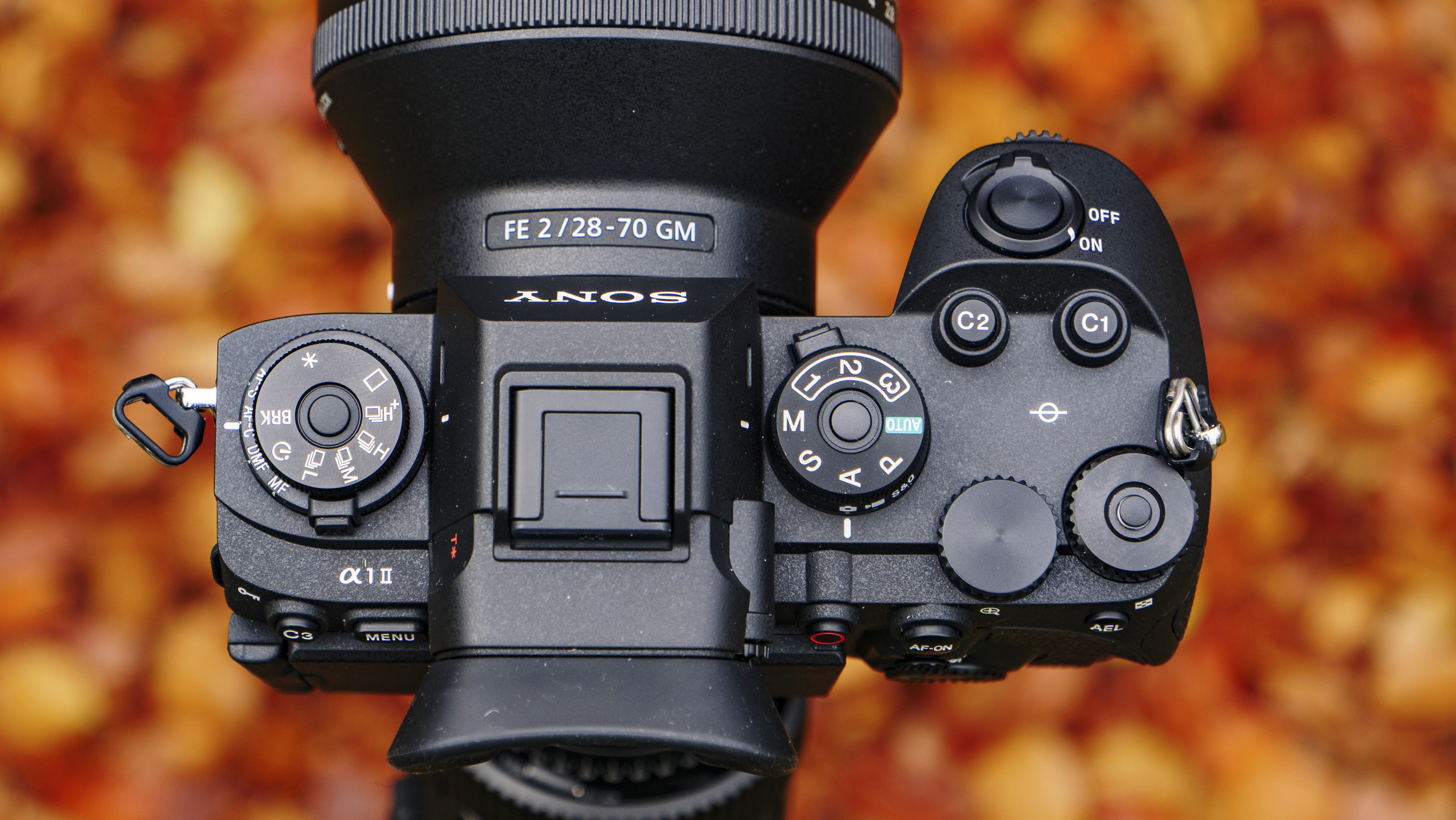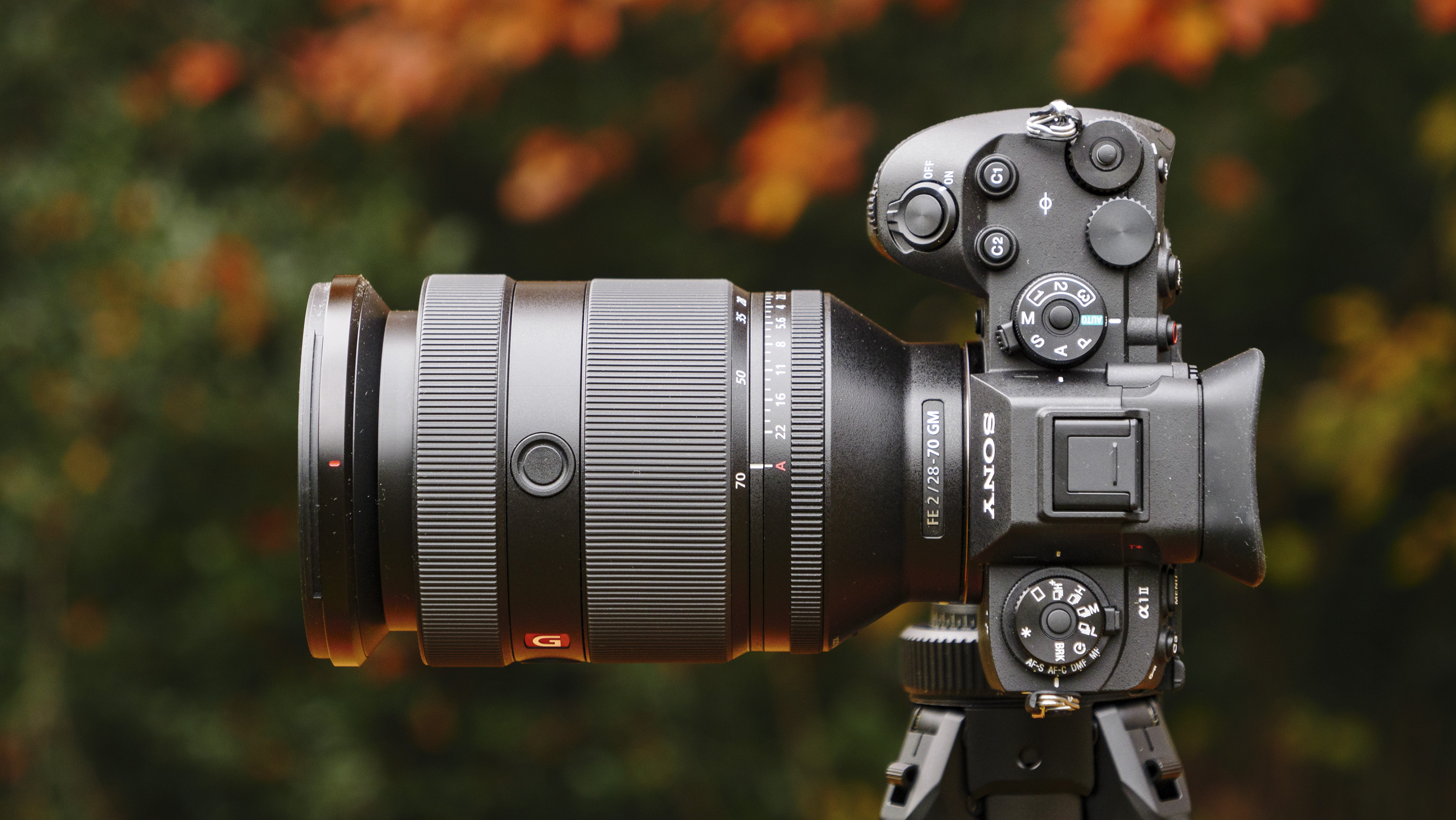Sony’s new A1 II is its best Alpha yet, but is the camera giant running out of ideas?
A minor update of the groundbreaking A1 suggests we've hit a camera tech ceiling

- Sony unveils the A1 II, the Alpha A1 successor, also with 50MP stacked sensor
- It's a minor update, priced at $6,500 / £6,300 body only, Australia pricing TBC
- It goes on sale in late November
Sony has announced its most versatile mirrorless camera yet, the A1 II. It succeeds the Alpha 1, which was a truly game-changing mirrorless camera when it was launched in January 2021, and features the same stacked 50MP full-frame sensor, 30fps burst shooting, and 8K video.
With the same sensor and high-speed performance, the A1 II feels like only a minor update of the A1. However, it delivers design-based improvements that make it feel better in the hand, plus enhanced performance in a few areas, courtesy of tech that's mostly borrowed from Sony's fastest camera for sports and wildlife, the A9 III.
The A1 II's design is nigh on the same as the A9 III's, which is fine with us because we rate that camera as the best-handling Sony Alpha ever.
We've already had some hands-on time with the camera ahead of the launch, and in our A1 II hands-on review we appreciate its chunkier handgrip, especially when pairing the camera with Sony's latest professional lens, launched on the same day, the mighty FE 28-70mm F2 GM (see below).

It's a double whammy of exciting new Sony products for pro photographers and filmmakers. However, the A1 II is only a modest upgrade of the A1, which is now almost four years old, and was a camera whose superb detail and speed set the bar for rivals to follow, with those rivals having since caught up, launching the likes of the Canon EOS R1 and the Nikon Z9.
To its credit, Sony has launched the A1 II at a lower price than 2021's Alpha A1 – it costs $6,500 / £6,300 (Australia pricing TBC, around $12,000) for the body only, and will go on sale in late November. However, there are now cheaper alternatives, such as the Sony A7R V, Canon EOS R5 Mark II and Nikon Z8, which could turn heads away from the A1 II.
While it hasn't pushed the boundaries of camera technology, or explored new ground like it did with the A9 III and its global shutter, Sony has delivered a polished successor in the A1 II. So does this mean Sony Alpha cameras have hit a tech ceiling?
Get daily insight, inspiration and deals in your inbox
Sign up for breaking news, reviews, opinion, top tech deals, and more.
An AI boost to AF
There are pros for whom the A1 II's improvements will be enough to justify an upgrade. It's better in the hand, with a bigger and more comfortable handgrip and a larger multi-angle touchscreen with greater color depth, à la the A9 III.
It also has Sony's AI processing chip, as debuted in the A7R V, which should improve subject-detection autofocus performance, plus a new Auto subject-detection AF mode which intelligently picks out the subject for you, rather than you having to manually select subject type ahead of time. This is a feature I've been calling on all brands to deliver, so thank you Sony, although I'll need to do more in-depth tests to see if there are any compromises when using Auto.

There's also pre-capture for up to one second ahead of fully pressing the shutter when shooting high-speed sequences, in case your reactions aren't quick enough – another feature lifted from the A9 III. Sony's Bionz XR processor delivers a similar stamina to the A1: 30fps bursts can last for up to 153 raw images – impressive stuff.
Sony says the A1 II's in-body image stabilization is rated up to 8.5EV, whereas it maxes out at 5.5EV on the Alpha A1. All in all, the A1 II is one of the best professional cameras, polishing the rougher edges of the A1. However, there's virtually nothing here that we haven't already seen before from Sony, which is unusual for the great camera innovator given the improvements it's delivered over the last 15 years. It's also the only full-frame Alpha that Sony is launching in 2024, making this an unusually quiet year for the camera giant.
Is Sony running out of ideas? Perhaps, though I believe there's more to come. Sony has on this occasion focused on what pros probably needed the most – better handling – instead of the next headline-grabbing feature. It doesn't exactly make for dramatic headlines, but this camera could win the respect of pro Sony users.
You might also like

Tim is the Cameras editor at TechRadar. He has enjoyed more than 15 years in the photo video industry with most of those in the world of tech journalism. During his time as Deputy Technical Editor with Amateur Photographer, as a freelancer and consequently editor at Tech Radar, Tim has developed a deeply technical knowledge and practical experience with cameras, educating others through news, reviews and features. He’s also worked in video production for Studio 44 with clients including Canon, and volunteers his spare time to consult a non-profit, diverse stories team based in Nairobi. Tim is curious, a keen creative, avid footballer and runner, and moderate flat white drinker who has lived in Kenya and believes we have much to enjoy and learn from each other.